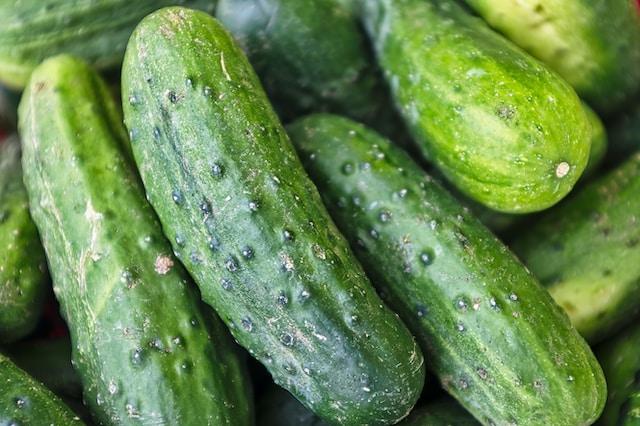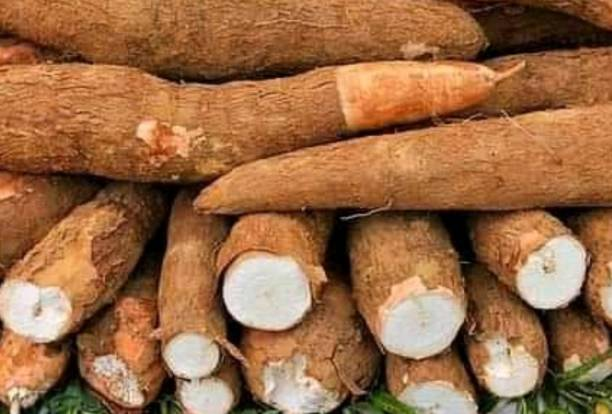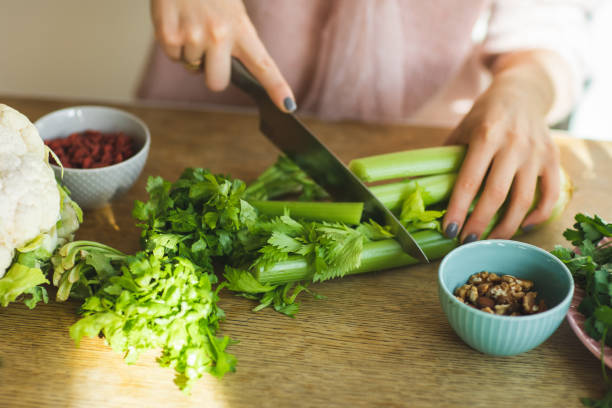No products in the cart.
Nutritional Benefits of Eating Bok Choy and How to Prepare the Healthiest Parts
Bok choy, also known as Chinese cabbage, has a long and interesting history that dates back thousands of years.
It’s a member of the cruciferous family of vegetables, which includes other popular superfoods like broccoli, kale, and cauliflower.
Bok choy was originally grown for its medicinal properties rather than its culinary uses. It was used to treat a variety of ailments, including headaches, sore throats, and the common cold.
It wasn’t until much later that bok choy began to be recognized for its delicious taste and nutritional benefits.

A Brief History of Bok Choy
The vegetable is believed to have originated in China, where it has been grown and consumed for over 5,000 years.
Bok choy began to gain popularity in other parts of Asia during the Tang Dynasty (618-907 AD). It was during this time that the vegetable began to be cultivated on a larger scale and became a staple in Chinese cuisine.
Over time, bok choy began to spread to other parts of the world. It was introduced to Japan in the 14th century, and by the 19th century, it had made its way to Europe and North America.
Today, bok choy is enjoyed around the world for its unique flavor and impressive health benefits. It’s used in a variety of dishes, including stir-fries, soups, and salads. With its long and fascinating history, bok choy is sure to remain a beloved vegetable for generations to come.
Nutritional Benefits of Bok Choy
Bok Choy is packed with plenty of nutritional benefits. Let’s discuss the most common health and nutritional benefits associated with bok choy.
Rich in vitamins and minerals
Bok choy is an excellent source of vitamins and minerals that are essential for overall health. It’s particularly high in vitamin C, which is important for immune function and skin health. A single cup of cooked bok choy provides over 75% of your daily recommended intake of vitamin C.
Bok choy is also a good source of vitamin K, which is important for bone health and blood clotting. Additionally, it contains calcium, potassium, and folate, all of which are important for maintaining optimal health.
Low in Calories, High in Fiber
If you’re looking for a healthy vegetable that won’t derail your weight loss goals, bok choy is an excellent choice. It’s incredibly low in calories, with just 9 calories per cup of raw bok choy.
Despite its low-calorie content, bok choy is high in fiber, which can help keep you feeling full and satisfied for longer. Fiber is also important for maintaining healthy digestion and preventing constipation.
High in Antioxidants
Bok choy is packed with antioxidants, which are compounds that help protect your cells from damage caused by free radicals. Free radicals are molecules that can cause oxidative stress, which can lead to chronic diseases like cancer and heart disease.
One antioxidant found in bok choy is beta-carotene, which is converted to vitamin A in the body. Vitamin A is important for maintaining healthy eyes, skin, and immune function.
Improves Heart Health
Adding bok choy to your diet may also help protect your heart. It contains compounds called glucosinolates, which have been shown to have anti-inflammatory effects and may help reduce the risk of heart disease.
In addition, bok choy is high in potassium, which is important for maintaining healthy blood pressure levels. High blood pressure is a major risk factor for heart disease, so eating potassium-rich foods like bok choy can be beneficial for heart health.
Good for Bone Health
Bok choy is an excellent source of calcium, which is important for building and maintaining strong bones. In fact, a single cup of cooked bok choy contains about 15% of your daily recommended intake of calcium.
Additionally, bok choy contains vitamin K, which is important for bone health. Vitamin K helps regulate calcium absorption and may help reduce the risk of osteoporosis.

How to Choose and Prepare Bok Choy
Choosing the Best Bok Choy
It’s important to choose the freshest and best-quality produce available to ensure that you get the most flavor and nutritional benefits. Here is an interesting step-by-step guide on how to choose the best bok choy;
Step 1: Look for Firm Leaves and Stems
The first thing to look for when selecting bok choy is firm leaves and stems. Avoid bok choy that has wilted or slimy leaves, as this is a sign of decay. The leaves and stems should be crisp and firm to the touch.
Step 2: Check the Color
The color of the bok choy is also an important factor to consider when selecting it. Look for bok choy with bright green leaves and white stems. Avoid bok choy with yellowing or brownish leaves, as this indicates that it is past its prime.
Step 3: Check for Insects or Damage
Bok choy is a leafy vegetable that is prone to insect damage. Before purchasing, check for any signs of insect infestation or damage.
Look for small holes in the leaves or visible insects on the surface of the leaves. If you see any signs of insect damage, choose a different bunch of bok choy.
Step 4: Choose the Right Size
Bok choy comes in different sizes, from baby bok choy to mature bok choy. Baby bok choy is smaller and more delicate, while mature bok choy has larger leaves and thicker stems. Choose the size of bok choy that is best suited to your needs and recipe.
Step 5: Smell the Bok Choy
Finally, give the bok choy a quick sniff. It should have a fresh, earthy scent. If the bok choy has a sour or musty smell, it may start to spoil.
Preparing Bok Choy
Step 1: Rinse the Bok Choy
Before preparing bok choy, rinse it thoroughly under cold running water to remove any dirt or debris. Gently rub the leaves with your fingers to ensure that all the surfaces are cleaned.
If the bok choy has a lot of dirt or sand trapped in the stems, soak it in a bowl of water for a few minutes before rinsing it again.
Step 2: Trim the Ends
Using a sharp knife, trim the ends of the bok choy. If you’re using mature bok choy, you may need to trim the tough bottom portion of the stems. This can be done by cutting a small amount off the bottom of each stem. Be sure to discard any discolored or damaged leaves.
Step 3: Separate the Leaves
Separate the bok choy leaves by gently pulling them apart. If the leaves are still attached to the stems, cut the stems into smaller pieces to make them easier to cook.
Step 4: Slice the Stems
If you’re using bok choy in a stir-fry or sauté, slice the stems into thin pieces. This will help them cook evenly and ensure that they’re tender.
Step 5: Cook or Eat Raw
Bok choy can be cooked in many different ways, including stir-frying, sautéing, grilling, steaming, and boiling.
It can also be eaten raw in salads or as a crunchy snack. Experiment with different cooking methods to find your favorite way of preparing bok choy.
If you’re using bok choy in a stir-fry, add it to the pan near the end of cooking to avoid overcooking.
Bok choy can also be steamed or boiled for a few minutes until it’s tender but still slightly crunchy.
If you’re using bok choy in a salad, chop it into bite-sized pieces and toss it with your favorite dressing and toppings.

How to Maximize the Nutritional Benefits of Bok Choy
One way to maximize the nutritional benefits of bok choy is to avoid overcooking it. Overcooking can cause the vegetable to lose some of its vitamins and minerals, so it’s best to cook it quickly or eat it raw.
Stir-frying or steaming bok choy for just a few minutes can help to preserve its nutrients.
Another way to maximize the nutritional benefits of bok choy is to incorporate it into a balanced diet that includes a variety of other healthy foods.
Eating a wide range of fruits, vegetables, whole grains, and lean proteins can help to ensure that your body is getting all of the nutrients it needs.
If you’re looking to increase your body’s absorption of iron, which is found in bok choy, consider pairing it with vitamin C-rich foods like citrus fruits, tomatoes, or bell peppers.
Vitamin C can help to enhance the absorption of iron in the body, so combining bok choy with these types of foods can help to boost its nutritional benefits.
Conclusion
Bok choy is a nutrient-dense vegetable that offers a wide range of health benefits. It’s an excellent source of vitamins A, C, and K, as well as calcium, potassium, and iron.
Regular consumption of bok choy has been linked to improved heart health, better bone health, and a reduced risk of certain types of cancer.
With its mild flavor and versatile texture, bok choy is easy to incorporate into a variety of dishes and can be enjoyed cooked or raw.


